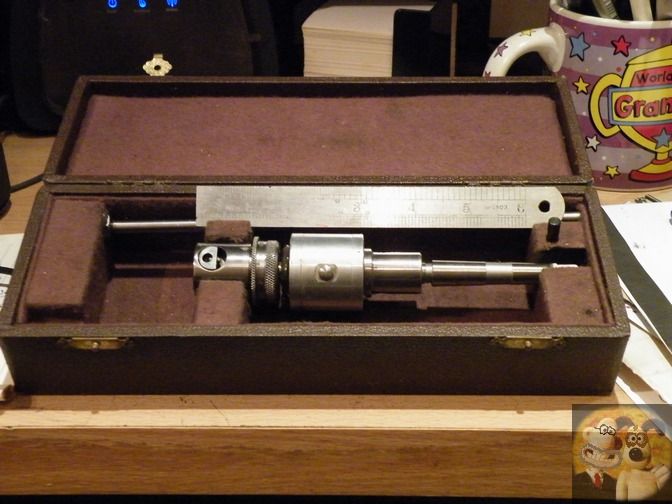Peter, I know you said the part is just about scrap now, but if you wanted to experiment further, just out of interest, then could you set up a lash up anodising tank?
Plastic bowl, battery acid, bit of lead sheet and 12 volt supply. I would be surprised if the tap wasn't out in under 2 hours. You'd only have to put part of the block in the acid, so you wouldn't need much.
If you leave the part in the acid after anodising, with no power on, then the anodising should dissolve.
I've done a couple of broken taps this way, but then I'm already set up for anodising.
Keith.
I mentioned this in post #14.
Whay anyone would want to mess about with Alum, even if they can get the right grade seeing as Alum is a generic name, puzzles me.
Same for all the weird and wild guess but never do brigade who advocate welding a stud to a M3 tap inside a hole with not welding equipment or skill.
As Keith says. two hours tops and the job is done.

















